In its 97th year, the Tech Show at Benson Polytechnic High School showcased student work in the Portland magnet school’s majors of arts, communications, health occupations, industry and engineering. As I perused the exhibits and presentations at the late February event, I was awed by the sophistication and breadth of hands-on learning opportunities. This is the high school experience I wish I’d had! Students showed me metalsmithing, skate board engineering, a scale model of the whole school, robots, lasers, light bulb puzzles, full sized kit cars, hand crafted wood furniture, radio programming, chicken breast suturing and wound packing, photography and graphic design.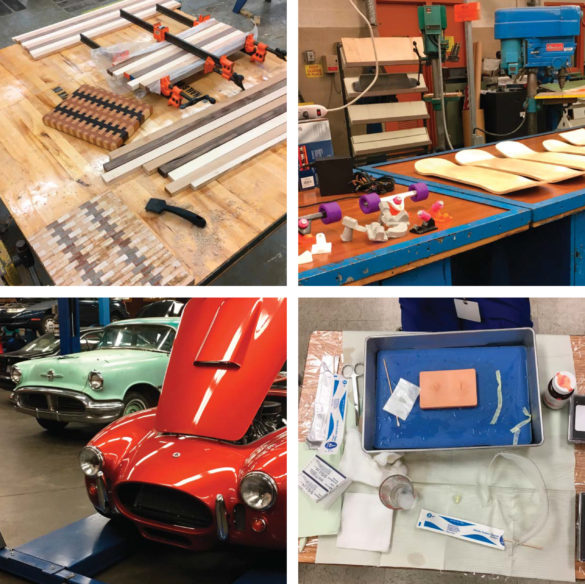 As part of the architectural team which is currently master planning the school’s modernization, I attended the show to better understand Benson’s programs. I left that evening with an incredible optimism for the next generation of innovators. I feel privileged to be designing the exterior collaborative learning environments that will support the technical and artistic endeavors of Benson’s future students.
As part of the architectural team which is currently master planning the school’s modernization, I attended the show to better understand Benson’s programs. I left that evening with an incredible optimism for the next generation of innovators. I feel privileged to be designing the exterior collaborative learning environments that will support the technical and artistic endeavors of Benson’s future students.
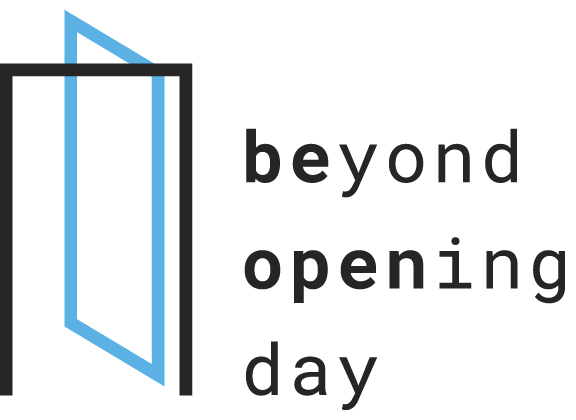

 As part of the architectural team which is currently master planning the school’s modernization, I attended the show to better understand Benson’s programs. I left that evening with an incredible optimism for the next generation of innovators. I feel privileged to be designing the exterior collaborative learning environments that will support the technical and artistic endeavors of Benson’s future students.
As part of the architectural team which is currently master planning the school’s modernization, I attended the show to better understand Benson’s programs. I left that evening with an incredible optimism for the next generation of innovators. I feel privileged to be designing the exterior collaborative learning environments that will support the technical and artistic endeavors of Benson’s future students.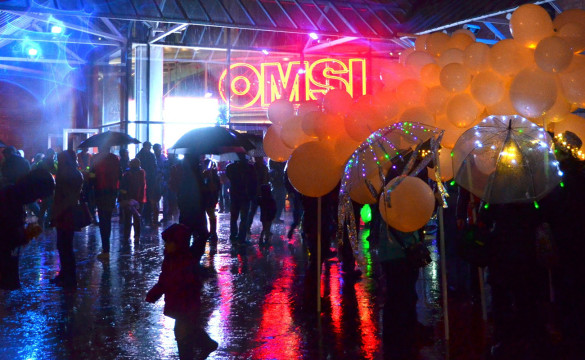 On February 1-4, Portlanders converged at the OMSI waterfront and satellite locations to experience light-based installations during the second annual
On February 1-4, Portlanders converged at the OMSI waterfront and satellite locations to experience light-based installations during the second annual 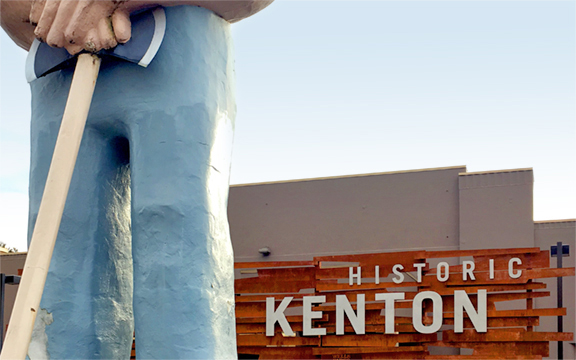 Over the past 58 years the iconic Paul Bunyan statue – the original Portland hipster – located in the historic Kenton Neighborhood, has weathered all manner of changes. Now, a new neighborhood identity installation creates his backdrop. Mayer/Reed’s design was inspired by the color and pattern of tree bark, interpreted using plasma-cut weathering steel, reminiscent of a giant felled sequoia. The modern geometry and steel fabrication references the neighborhood’s industrial underpinnings, while establishing an identity for Kenton that is firmly in the “now.”
Over the past 58 years the iconic Paul Bunyan statue – the original Portland hipster – located in the historic Kenton Neighborhood, has weathered all manner of changes. Now, a new neighborhood identity installation creates his backdrop. Mayer/Reed’s design was inspired by the color and pattern of tree bark, interpreted using plasma-cut weathering steel, reminiscent of a giant felled sequoia. The modern geometry and steel fabrication references the neighborhood’s industrial underpinnings, while establishing an identity for Kenton that is firmly in the “now.”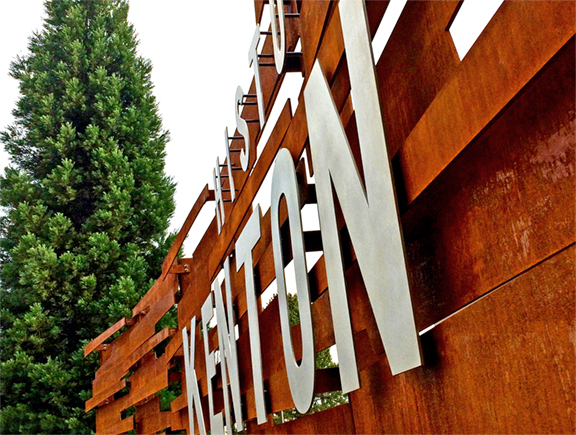 The mythical lumberjack, built for the Oregon Centennial in 1959 was meant to last only a few months, yet the neighborhood landmark still stands tall (31’ to be exact!). Although community groups have spiffed him up over the years, Paul has seen better days.
The mythical lumberjack, built for the Oregon Centennial in 1959 was meant to last only a few months, yet the neighborhood landmark still stands tall (31’ to be exact!). Although community groups have spiffed him up over the years, Paul has seen better days.